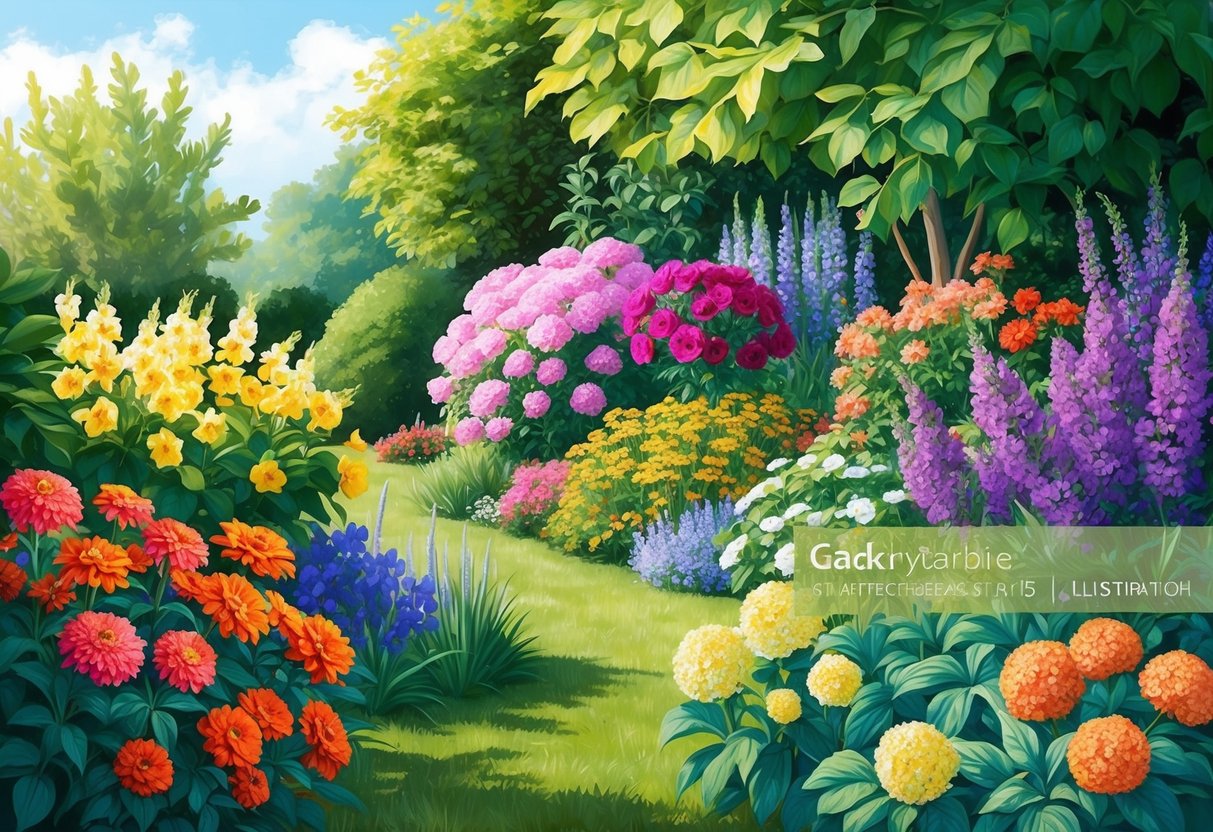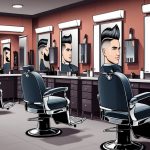
Popular Vibrant Hair Color Trends for Every Undertone
Selecting vibrant hair colors to match personal undertones can enhance natural features and boost confidence. Each trending shade offers unique benefits for different skin tones and delivers modern, eye-catching results with the right choice.
Copper and Strawberry Blonde for Warmth
Copper and strawberry blonde shades are excellent for individuals with warm undertones. The natural gold and red pigments in these color families bring out golden, peach, or olive complexions, adding natural radiance and warmth.
Copper tones, in particular, can make skin appear sun-kissed and healthy, especially when the shades are customized to include golden highlights or a hint of deep orange for depth. Strawberry blonde is a softer, more pastel take on these shades.
It works exceptionally well for those with warm undertones who want something lighter yet still vibrant. A mix of golden blonde and red hues creates a multidimensional look that flatters many warm skin tones.
For a refreshing summer feel, professionals often recommend blending these colors with light-reflective glosses and subtle ribbons of highlights to create a fresh, lively finish.
Ash Blonde and Platinum Blonde for Coolness
Ash blonde and platinum blonde are popular choices for individuals with cool undertones, thanks to their icy, neutral, or silvery base. Ash blonde helps minimize brassy or yellow undertones, providing a muted, chic appearance that complements pink, red, or blue undertones in the skin.
Ash blonde works particularly well in balayage techniques or root smudges. Platinum blonde is more dramatic, with nearly-white highlights that give a striking contrast against cooler skin tones.
It’s recommended for those who want maximum brightness without golden or yellow tints. Adding just a hint of pastel, like baby pink or lavender, is a current trend for further dimension and style, as seen in recent summer hair color trends.
Both shades require a good maintenance routine to keep the color clear and hair healthy.
Greige and Rose Gold for Versatility
Greige and rose gold offer adaptable options that can suit both cool and warm undertones, making them ideal for those who want a flexible, contemporary color. Greige, a blend of gray and beige, provides a neutral, grounded look with a touch of sophistication.
This shade balances warmth and coolness through its subtle mix, making it easy to wear across a variety of skin tones. Rose gold fuses soft pinks with golden hues, resulting in a luminous, flattering shade.
The color works especially well for those seeking a playful yet elegant style that doesn’t overpower other natural features. Professionals often add extra gloss or metallic finishes for enhanced vibrancy.
Both of these shades are popular for their ability to transition smoothly between seasons and different lighting, ensuring the color never looks flat or outdated.
Balayage, Color Melt, and Color Melting Techniques
Balayage, color melt, and color melting techniques are leading methods for achieving vibrant hair colors that enhance natural undertones. Each offers unique ways to emphasize facial features, add dimension, and create seamless color transitions for naturally radiant and personalized results.
Enhancing Dimension with Balayage
Balayage is a freehand highlighting technique that creates sun-kissed gradients and a softly blended finish. Instead of traditional foiling, stylists paint lighter tones directly onto the hair surface, targeting mid-lengths and ends for a bespoke look.
This technique gives hair a more dimensional color result that grows out with minimal hard lines. Clients seek balayage for its ability to amplify natural hair movement and texture.
Lighter pieces frame the face, enhancing bone structure without overwhelming the base shade. The effect is a harmonious blend that complements natural undertones while adding visual interest.
Balayage works well on all hair types and is prized for being relatively low-maintenance. For more detail on this highlighting approach, visit this overview of balayage techniques.
Blended Effects with Color Melt
Color melt techniques are designed to join two or more shades so that each color seamlessly blends into the next. This soft gradation removes harsh lines, creating an effect where highlights and a base color merge naturally across the hair shaft.
The color transitions are subtle, producing a fluid appearance whether transitioning from dark roots to lighter ends or blending vivid, fashion-forward hues. Color melting is especially popular for those who favor both natural and bold hair color blends.
It’s suited for brunettes, blondes, and even fantasy colors, using a customized palette that draws attention to natural undertones. Stylists typically use a gentle touch to ensure even saturation and flawless blending at each color boundary.
See more on achieving seamless transitions with color melt hair.
Customizing Looks with Color Melting
Color melting further refines blended coloring by carefully merging three or more hues, matching them precisely to a client’s desired undertone and base color. This technique relies on expert color theory, often incorporating complementary and contrasting tones for a personalized, cohesive finish.
A color melt might include a deep root shade, a mid-tone at the center, and a vibrant accent at the ends, creating a multidimensional yet undetectable shift between shades. This approach lets stylists tailor color placement according to skin tone, eye color, and hair texture.
Everything from natural brunettes to intense pastels can be enhanced, allowing the stylist to highlight, balance, or neutralize undertones with precision. For inspiration and professional tips on this advanced approach, reference the technique details in this demi-permanent hair color melt guide.



